WASHINGTON, D.C. (7News) — The intersection of 14th and U Street NW filled with music, chants, and protest signs on Thursday night as hundreds of residents and visitors gathered for a go-go concert meant to push back against the federalization of city policing and the presence of armed National Guard troops in the capital.
The demonstration came just before the start of the city’s expanded youth curfew zone, which has been criticized by many as another sign of heavy-handed federal control.
Divided Views on Safety
For some, the heightened security presence has not been unsettling. Visitor Stephen Farley said he continues to feel comfortable in D.C. despite the military patrols.
“I feel like we’re here, we’re secure in the nation’s capital. It is what it is,” Farley said, adding that for years he has considered the city safe. “It’s not much different.”
But for longtime business owners, the mood is far more uneasy. Lashawn Johnson, a barber and stylist who has worked at Edges Barber Shop on U Street for a decade, said the federal operation has created tension.
“Of course, you have to have someone to protect you and keep the crime down, but it’s a bit overwhelming and there is fear in the city,” Johnson explained. From her shop’s front steps, she watched the demonstration swell just outside her door.
Protest Takes Shape
By evening, D.C. police temporarily blocked traffic at the busy intersection to make way for the crowd of protesters. The rally combined the signature sound of D.C.’s homegrown go-go music with speeches from activists and community leaders.
The goal, organizers said, was to reclaim public space while sending a clear message to both local and federal officials: residents do not want their neighborhoods policed by soldiers.
Democracy and Public Safety
Activist and author Ty Hobson-Powell acknowledged that crime is a real concern in the city but argued that federal military involvement undermines democracy itself.
“We’re honest about the fact that there are some public safety issues here to address,” Hobson-Powell said. “If there is any crime going on, it’s too much crime. And I share the same concerns that anyone would have about public safety, but I also share concerns around democracy.”
His comments drew applause from the crowd, many of whom carried signs that read “Hands Off D.C.” and “Protect Rights, Not Just Streets.”
Fears of Targeted Enforcement
For youth advocates, the growing military and police presence raises fears of racial profiling and unfair targeting of Black and brown residents.
“At the end of the day, the people who are in the community that are really affected by it — even if they are happy the police are here — we are the ones who are going to be targeted the most,” said Rock Kelly, a youth mentor who works with teens in Southeast D.C. “So it’s a catch-22.”
Kelly emphasized that while residents want to feel safe, there is little trust that federal patrols will treat community members fairly.
Calls for Long-Term Solutions
Several protesters argued that relying on armed patrols addresses only symptoms of deeper issues. They pointed to education, job creation, and community development as the true long-term solutions to crime reduction.
“Military presence isn’t a solution — it’s intimidation,” said one protester. “If you want to lower crime, you invest in people. You invest in schools. You invest in neighborhoods.”
Looking Ahead
The go-go concert ended with the crowd chanting and dancing, a reminder of the city’s long tradition of using music as a form of protest and resilience. Organizers say more events are planned in the coming weeks as residents continue to press for local control and alternatives to militarized policing.
For Johnson, the barber who observed from her shop, the demonstration was a powerful reminder that the neighborhood remains vibrant, even under the shadow of federal intervention.
“There’s fear, yes,” she said. “But there’s also strength in seeing the community come together.”

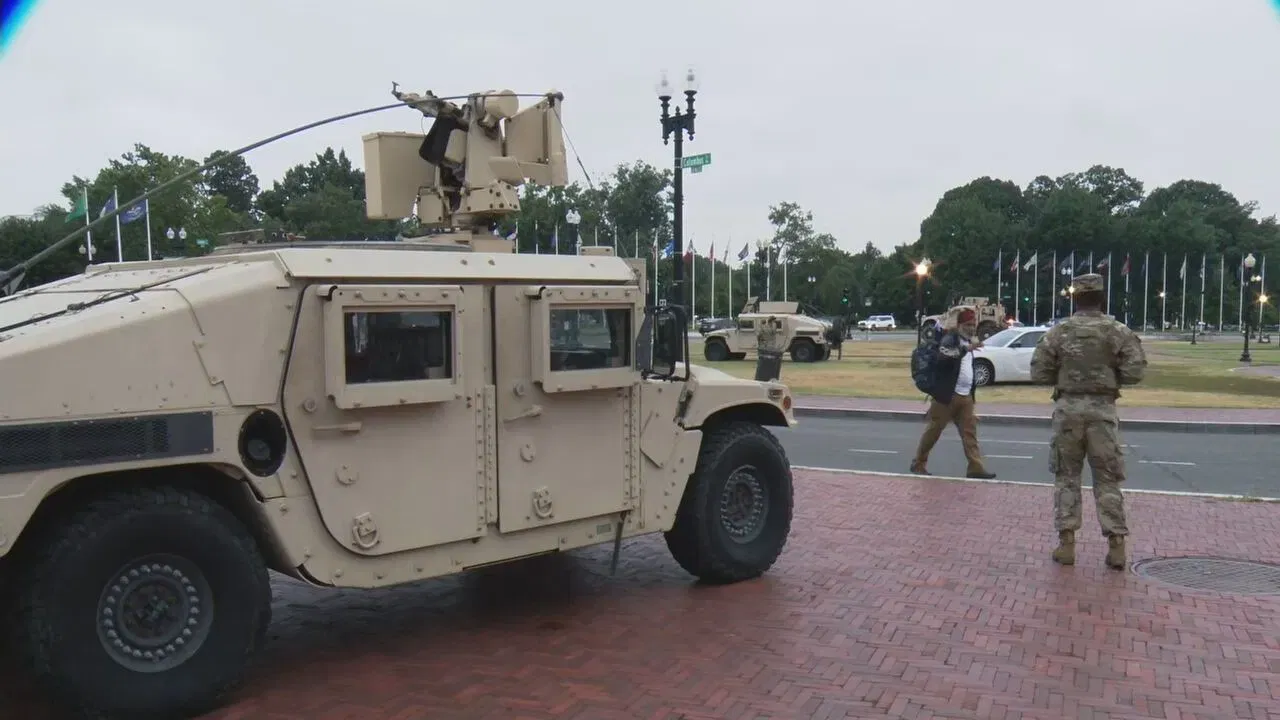
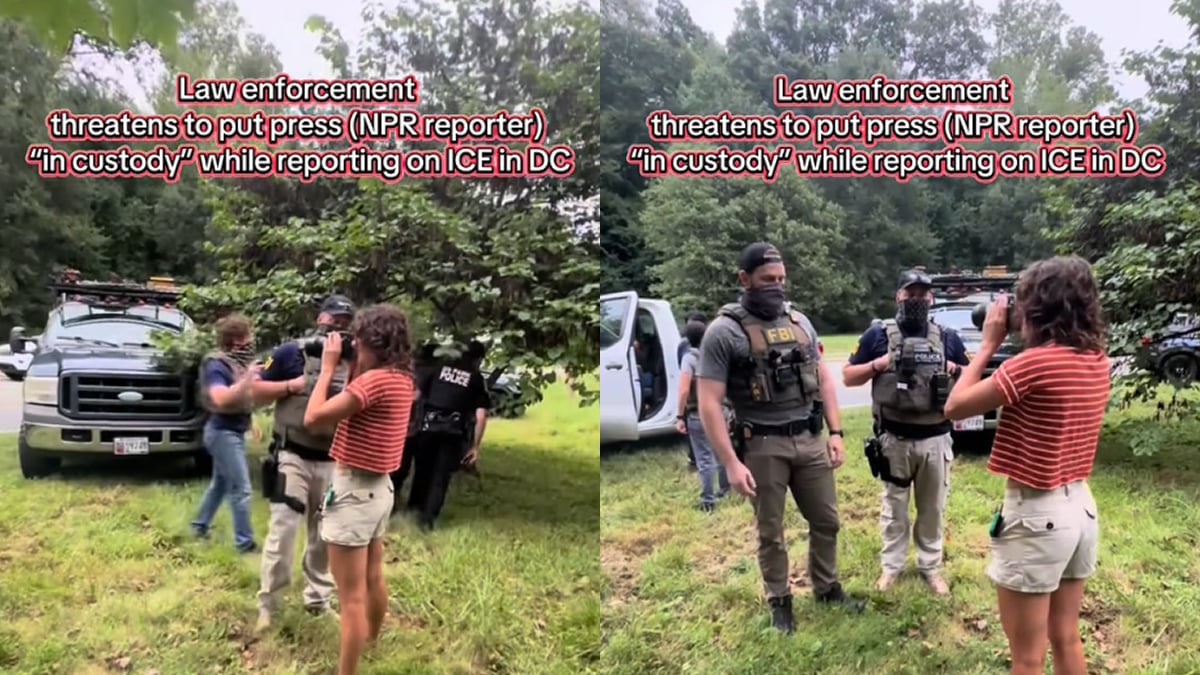
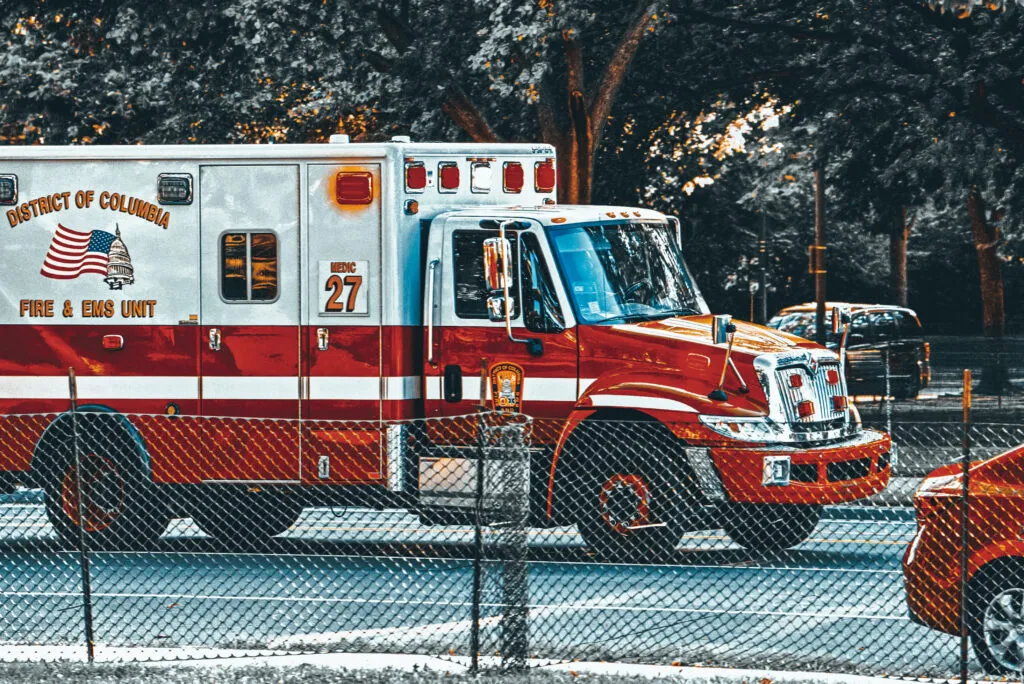

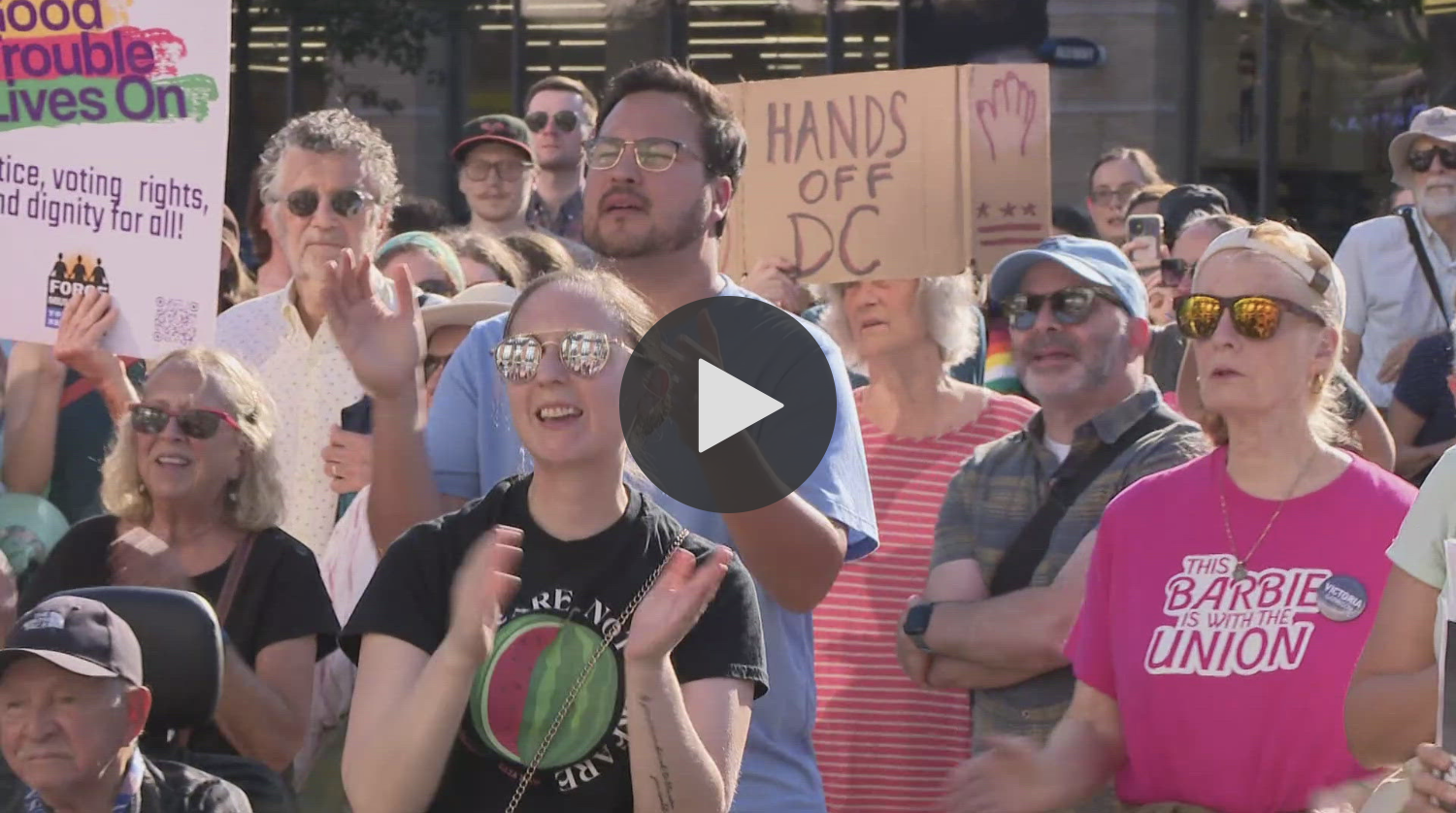
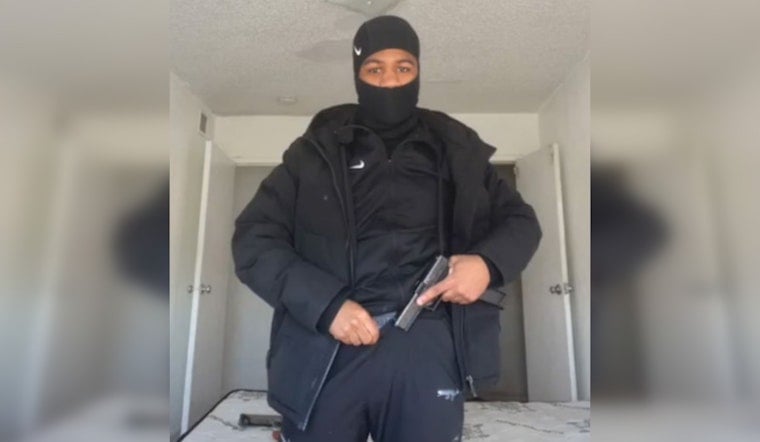
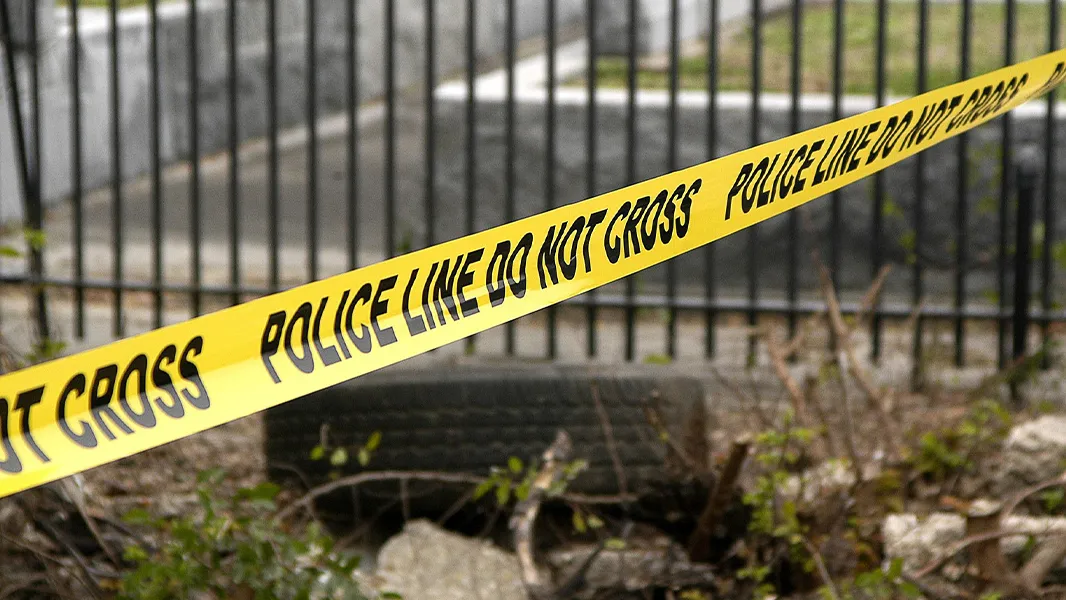
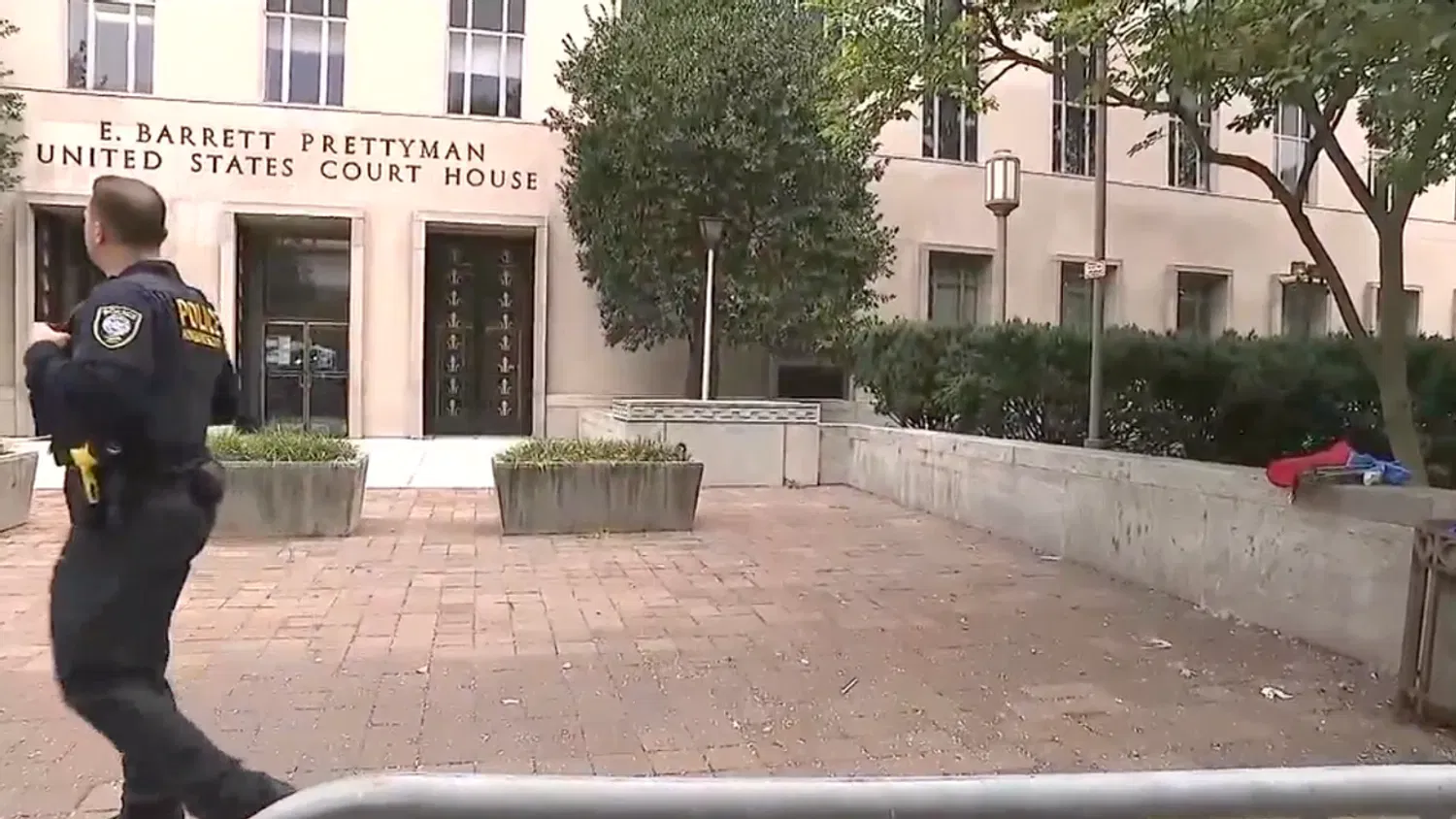
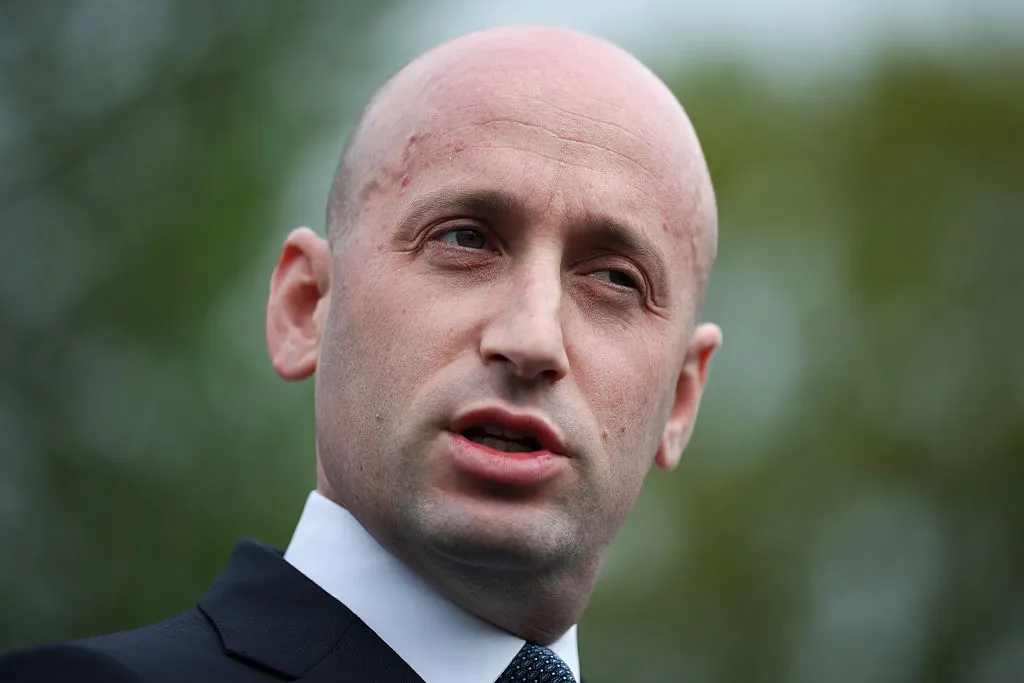
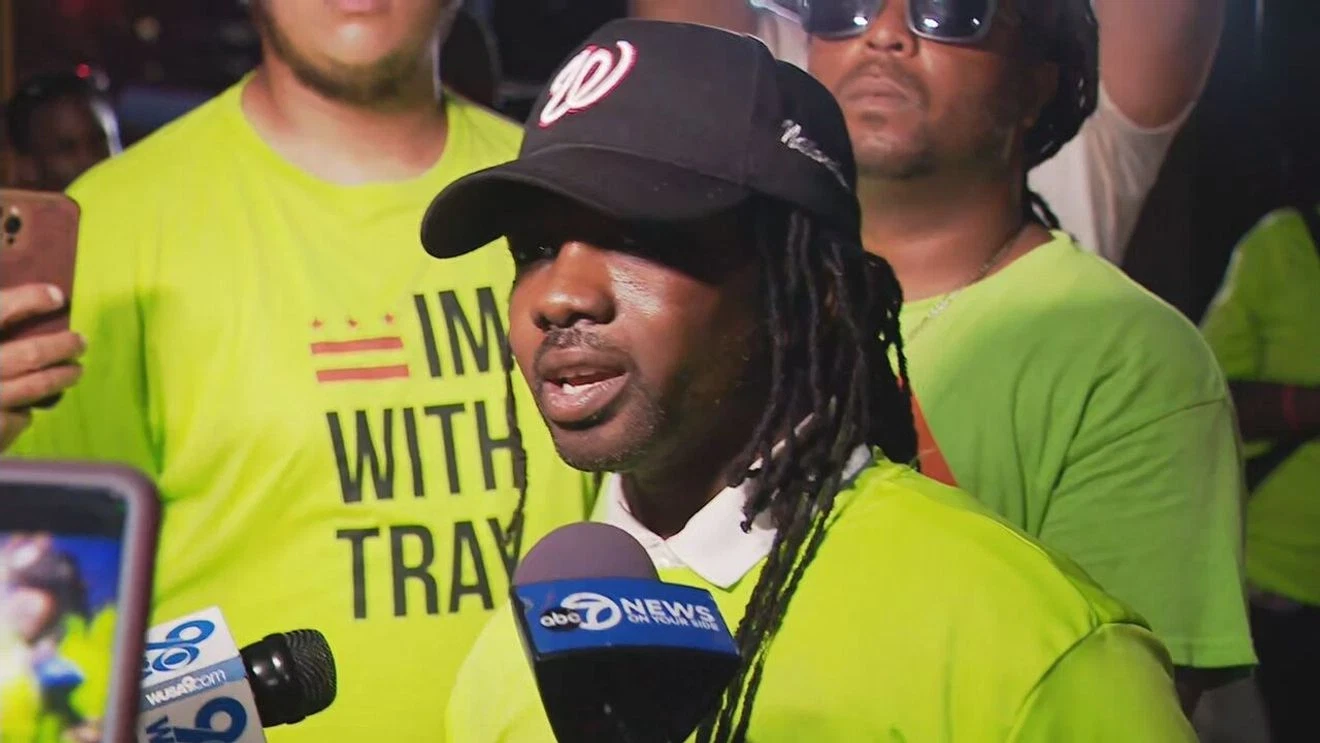
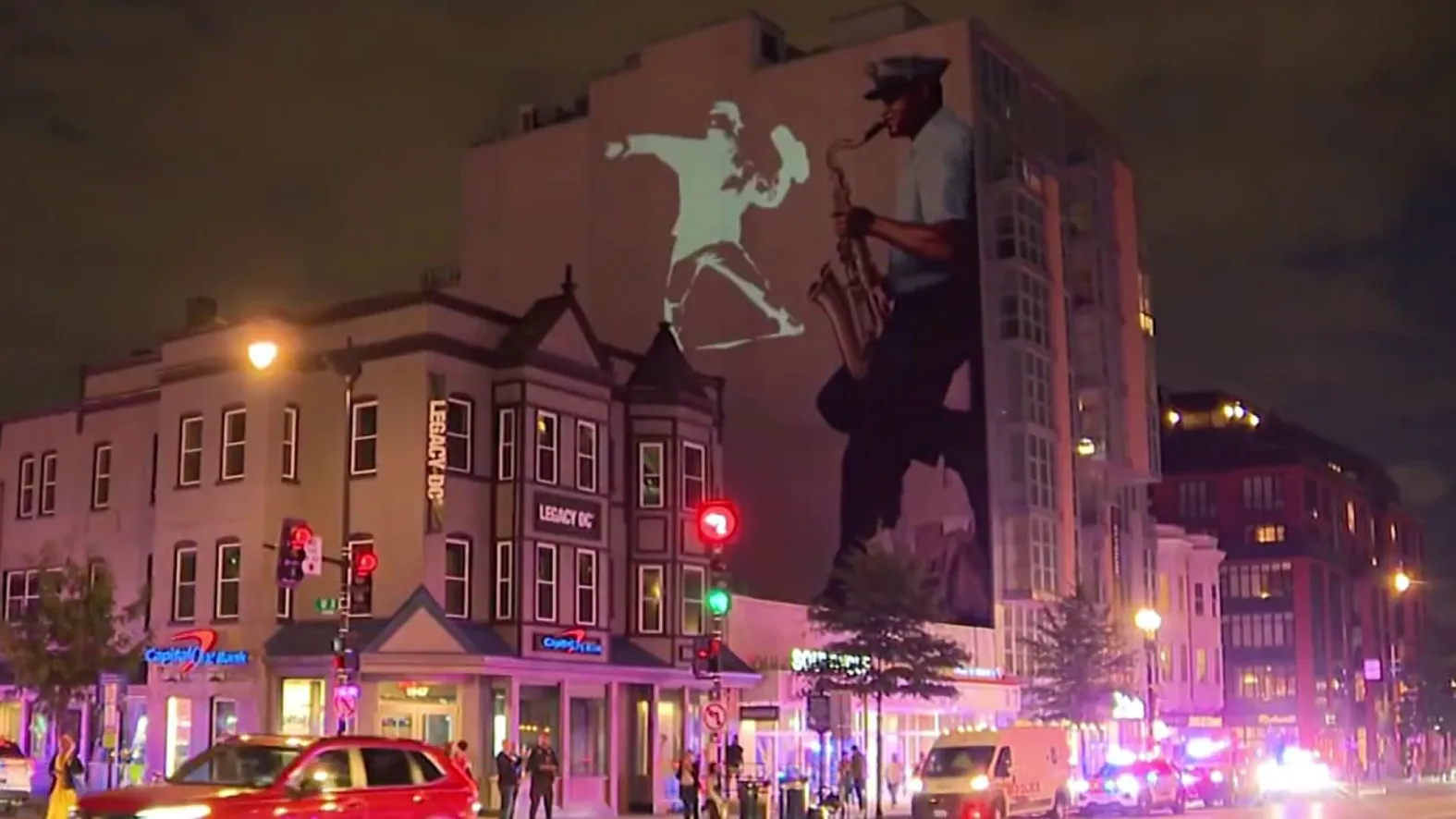
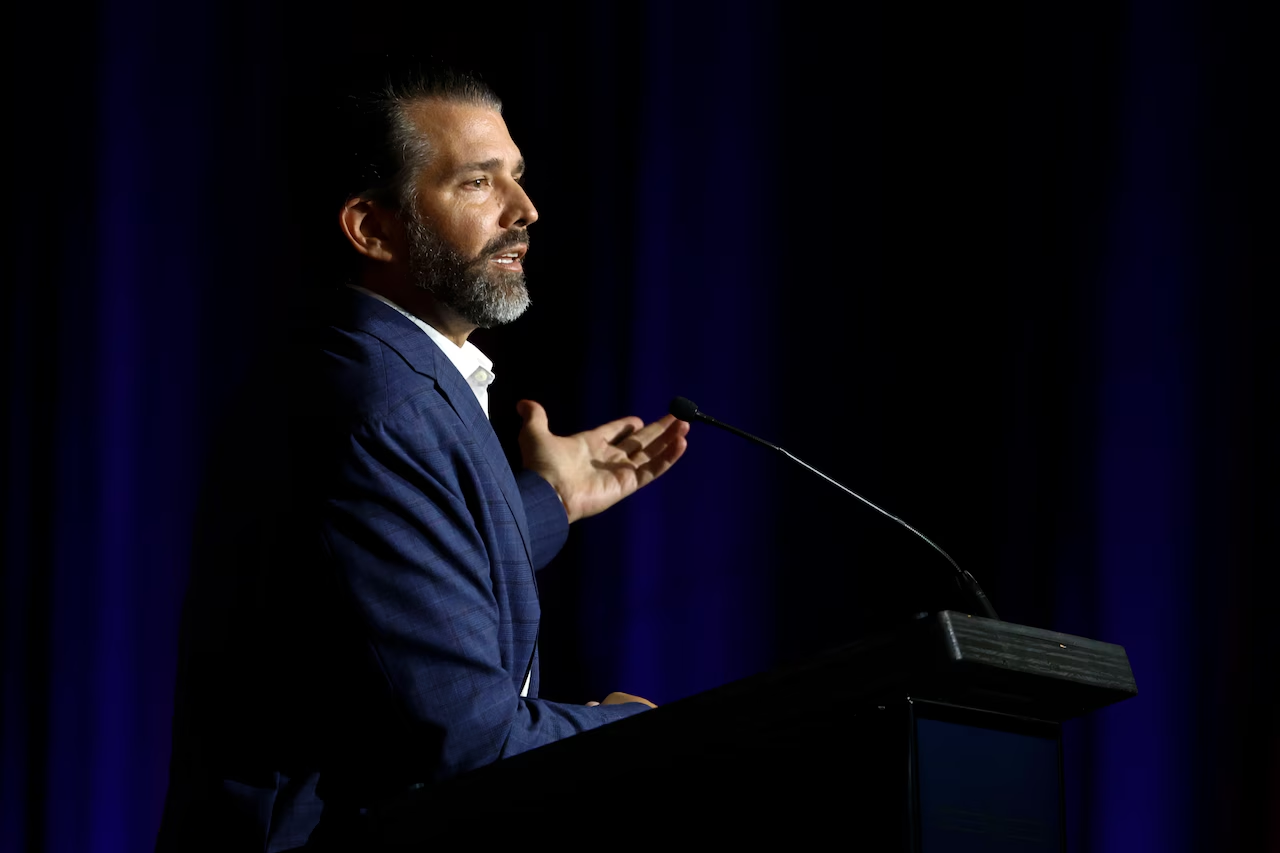
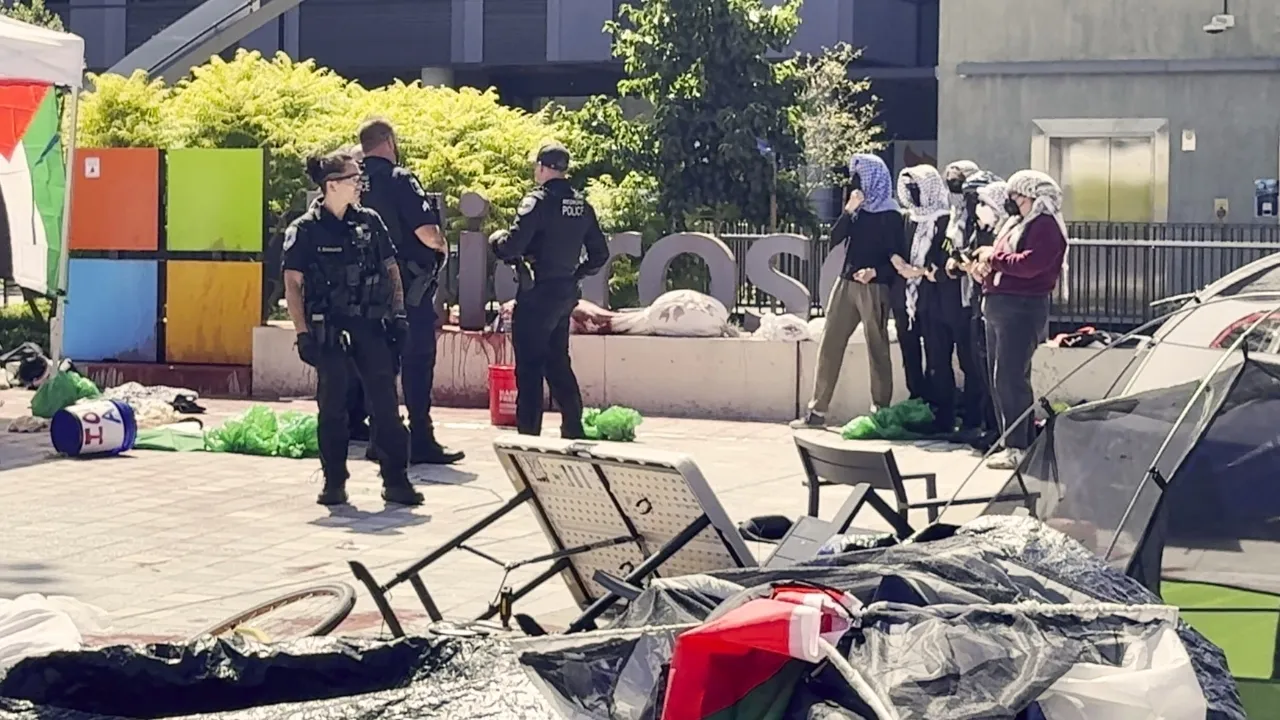
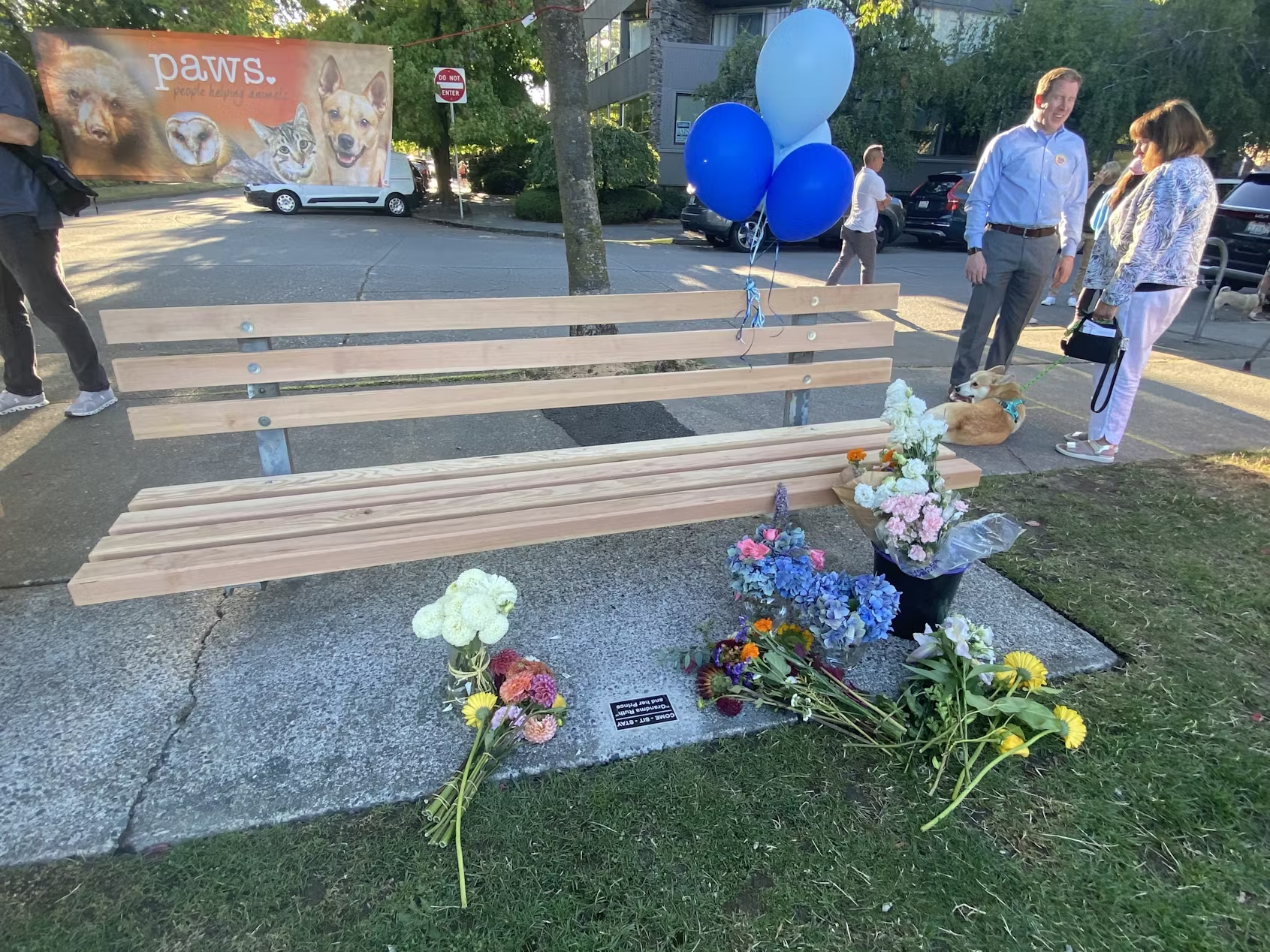
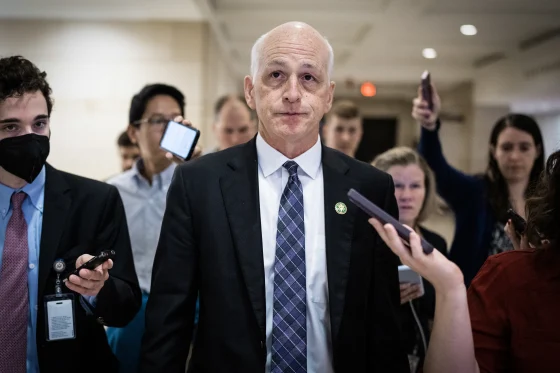
Leave a Reply